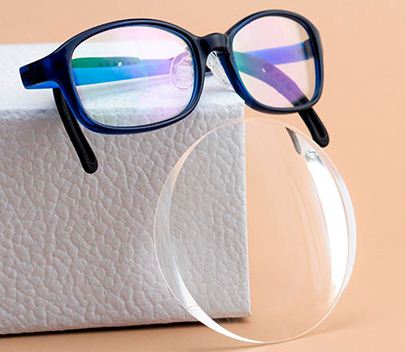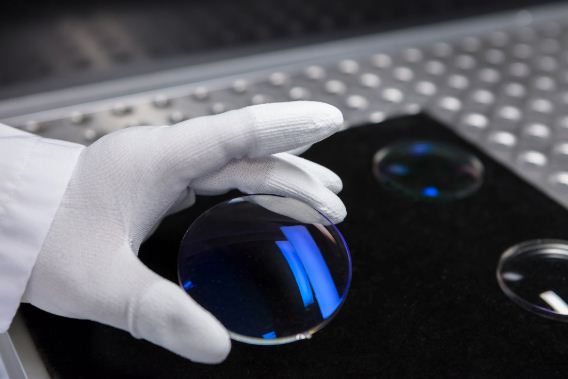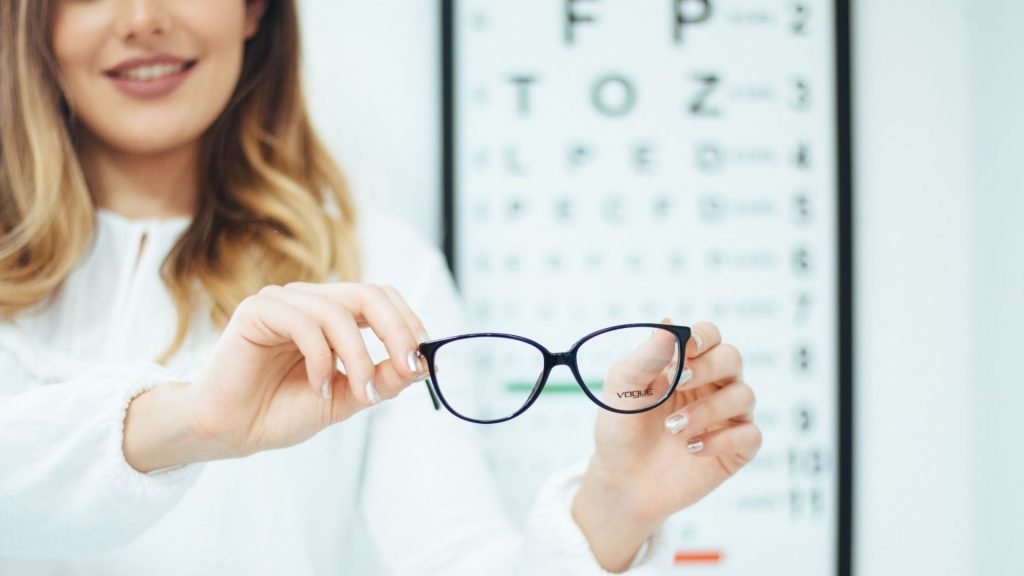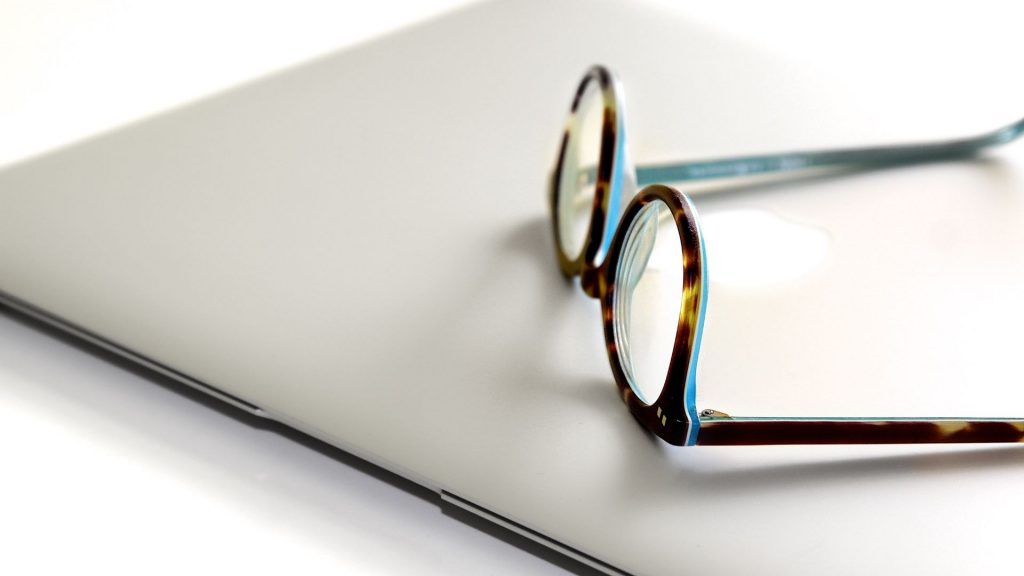
Anti-reflective lenses: safe and comfortable accessories
Sometimes it is difficult to adapt to formulated lenses. The reason is that they do not have an anti-reflective coating. When reflections occur on the glass it is a challenge to obtain good focuses. Due to this problem, we have taken on the task of informing you about what anti-reflective lenses are and their benefits.
Por tanto, han ganado un amplio sector en el mercado este tipo de anteojos. Explicaremos qué son y qué aportanTherefore, these types of glasses have gained a large sector in the market. We will explain what they are and what they contribute.
What are anti-reflective lenses?
What makes anti-reflective lenses special is a coating of conformal layers of chemical materials with anti-reflective properties. These are usually metal oxides that are placed on both sides of the glass.
It is a high-tech treatment that manages to apply a basic premise of physical optics. It consists of absorbing the maximum amount of light with a minimum percentage of reflection. The benefit of this principle is that anti-reflective glasses manage to bring the greatest amount of light to the retina, improving the contrast of the image.
Common eye dysfunctions are manifested by an error in light refraction. Normally, it is explained because the light beams converge before or after the retina. Formulated glasses correct this defect. But, if the reflexes interfere, the prescription will not have the expected effectiveness.
Anti-reflective lenses help formulate lenses by preventing light from bouncing off the surface of the mica, causing annoying glare for the user. Instead, it absorbs light and moves it directly to the retina.

Anti-reflective lens construction
The anti-reflective treatment is carried out inside a vacuum deposition chamber. The first step is to clean the lens until it is completely free of debris that could hinder the procedure to be carried out.

The glass should be inspected for any visible or invisible defects, as a small particle of dust could damage the coating. The next step is to dry the surface with hot air in order to remove moisture.
Once this is done, the lenses are fitted into frames that the camera has, whose job is to hold them while the procedure is performed. The chamber closes by sending air out to form a vacuum.
Después, los óxidos metálicos se riegan a través de electrones sobre los lentes. Los maThe metal oxides are then spread via electrons onto the lenses. The materials are pulverized and remain fixed at a microscopic level. This is how uniform and good quality anti-reflective lenses are manufactured. It is an expensive, but effective treatment. In fact, cheap lenses can be a bad deal. Therefore, they are not recommended.
Mode of use of anti-reflective lenses
Usar unos lentes antWearing anti-glare lenses will allow you to carry out activities with greater comfort. Some common modes of use that will improve your life are:
- Driving at night: they are ideal for driving because they avoid glare caused by the headlights of other cars. In addition to this, they send a greater volume of light to your retina, optimizing contrast at night.
- Using the computer: using anti-reflective glasses you can use the computer for several hours without suffering from eye strain. This is because reflections will not hinder your vision or force you to exert extra visual effort.
- Sports use: it is important to maintain perfect vision when doing sports. The anti-glare lenses not only provide good visibility but also have an anti-shock coating that makes them durable.
- Reading: even if you are not in front of a screen, reflections occur due to interaction with external lighting. Anti-reflective glasses eliminate them completely, making the reading experience an enjoyable activity.
 +1(305)741-5259
+1(305)741-5259


